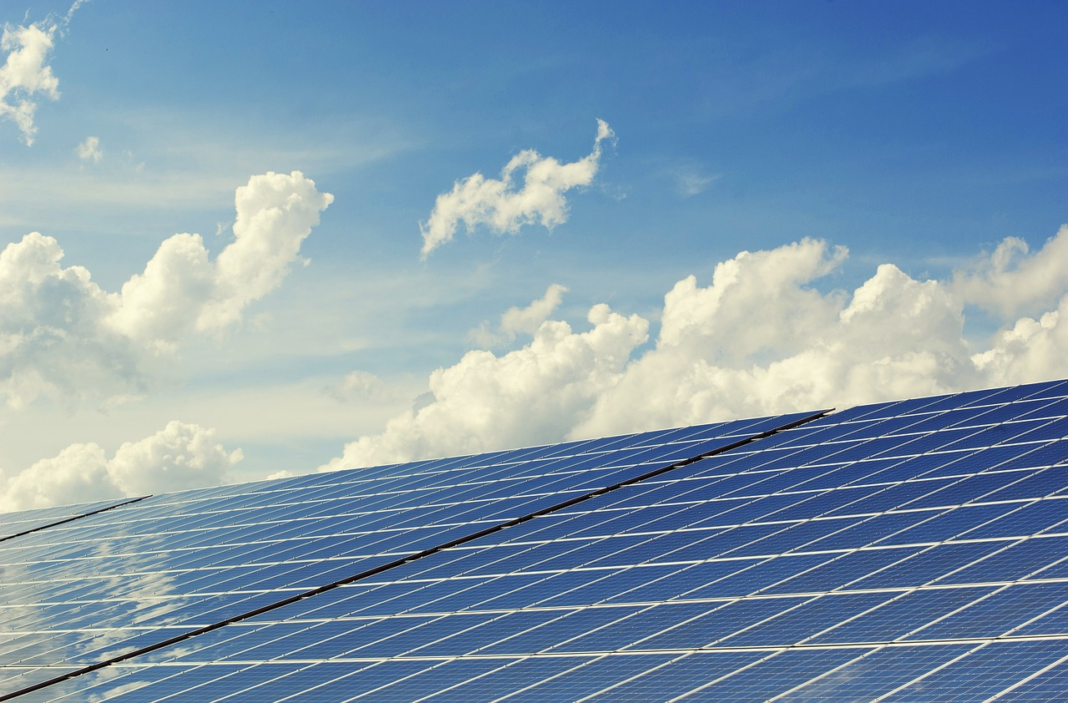As the market for environmentally friendly, energy-efficient buildings expands, modern architecture is evolving. Engineers and architects are reevaluating conventional design methods to easily incorporate renewable energy sources into building construction. Smart technologies and energy-efficient materials have transformed sustainability from an afterthought to a fundamental concern in building. This change opens the path for constructions that improve long-term resilience and efficiency and lower environmental impact.
The evolution of integrated solar technology
Unlike traditional solar systems erected as distinct constructions on rooftops, integrated solar panels are meant to fit naturally into a building’s architecture. This invention would benefit residential and commercial projects, especially since it improves energy efficiency without sacrificing design. Embedded in façades, roofing materials, and windows, these panels capture solar energy while producing a sleek and modern look.
As integrated solar panels become popular, builders and designers prioritise renewable energy sources. This strategy helps to lessen carbon emissions, cut energy prices, and reduce dependence on conventional power sources. As their technological foundation has progressed greatly, these panels are more aesthetically pleasing than ever before.
Aesthetic and functional benefits
Integrated solar panels are becoming increasingly popular, mostly because they can blend with different architectural designs. Whether placed on modern high-rises or classic houses, solar panels offer a sophisticated way to generate electricity without compromising the general architecture of the construction. Unlike large rooftop projects, integrated systems guarantee that a building’s visual integrity stays intact.
Furthermore, these panels improve energy independence by directly using solar power straight off a building’s surface. This lowers the requirement for outside energy sources, benefiting the environment and the finances. Therefore, households and commercial property developers fund this technology to future-proof their constructions against growing energy prices.
Energy efficiency and sustainability
Beyond their appearance, integrated solar panels greatly help to achieve environmental targets. These panels allow buildings to generate renewable energy while lessening the load on traditional power systems. Many governments and environmental groups support their acceptance as components of more general projects aiming to support green energy options.
Including renewable energy sources in designs is not only about innovation for developers and architects; it is now a legal need in some areas. Structures, including solar solutions, will become more attractive in the real estate market as building rules change to stress sustainability. As demand for eco-friendly properties develops, individuals and businesses seek energy-efficient solutions that lower long-term expenses while limiting environmental effects. By their flawless integration into contemporary architecture, integrated solar panels elevate buildings to the forefront of sustainability, improving their operational efficiency and market value.
Conclusion
Including renewable energy in architectural design transforms how structures are built and run. A breakthrough in this approach is solar panels, which make buildings aesthetically pleasing and energy efficient. As technology develops, these systems will become increasingly more efficient and will be a regular component in future constructions. Modern architects and developers who accept these ideas are opening the path for better, greener cities. Integrating these innovations reduces environmental impact and enhances long-term cost savings for building owners and occupants.


